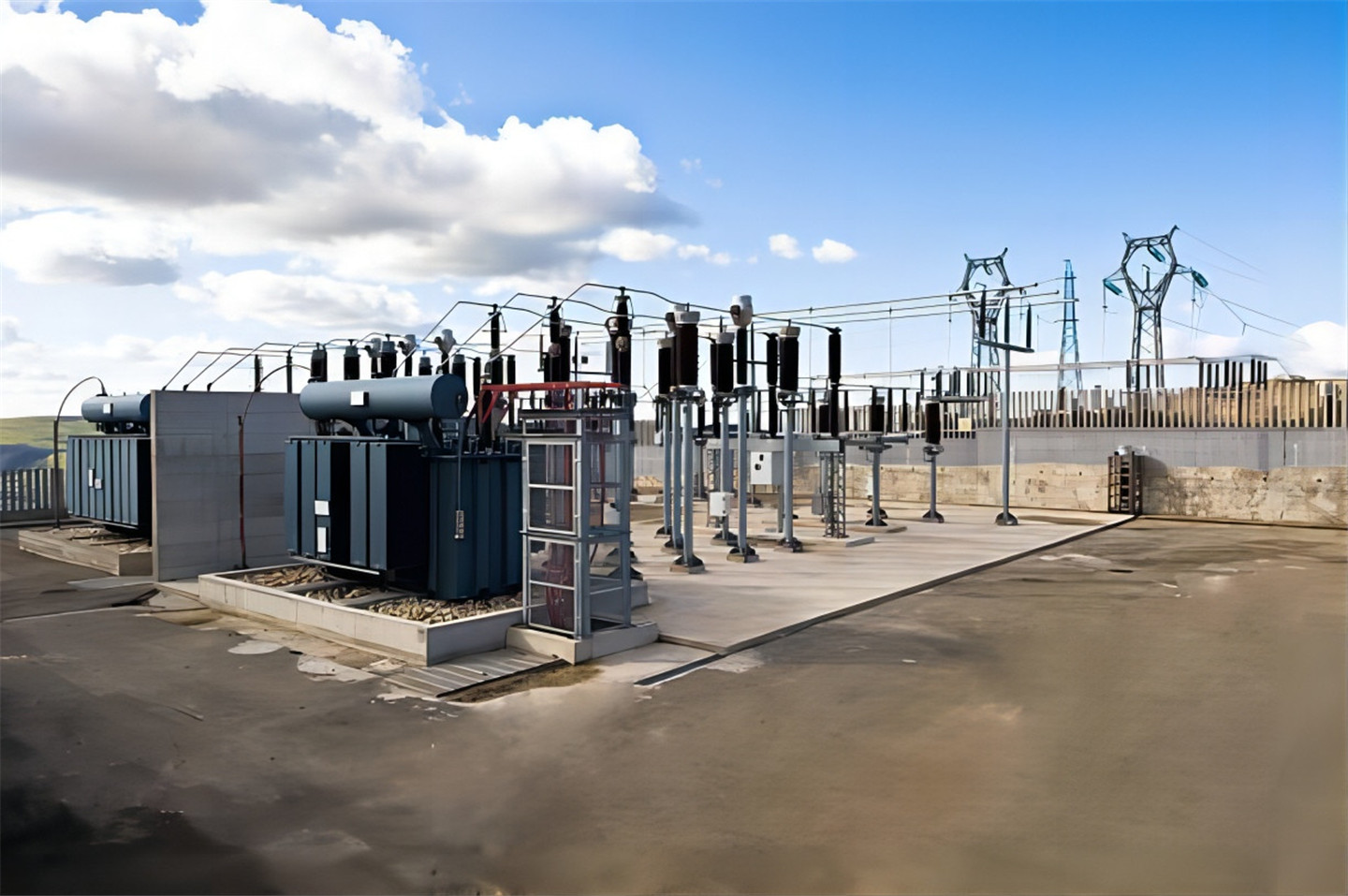Medium voltage power cables are used for transmitting power from one location to another. These cables are commonly used in industrial settings, power generation plants, and other applications where high voltage power is needed.
There are different types of medium voltage power cables, such as XLPE (cross-linked polyethylene) insulated cables, EPR (ethylene propylene rubber) insulated cables, and PILC (paper insulated lead covered) cables.
XLPE insulated cables are the most commonly used type of medium voltage power cable. They are known for their excellent electrical properties, high thermal stability, and resistance to moisture and chemicals. EPR insulated cables are also popular because of their flexibility, resistance to heat and cold, and good electrical properties. PILC cables, on the other hand, are an older technology and are less commonly used today due to their higher cost and lower performance compared to XLPE and EPR cables.
When selecting a medium voltage power cable solution, it is important to consider factors such as the voltage rating, current carrying capacity, insulation material, conductor size and type, and the cable's ability to withstand environmental factors such as temperature, moisture, and chemicals. It is also important to ensure that the cable complies with relevant industry standards and regulations.
Proper installation and maintenance of medium voltage power cables are crucial in ensuring their safe and reliable operation. This includes proper cable routing, termination, and splicing, as well as regular inspection and testing to detect any potential issues early on.

Post time: Jul-21-2023

